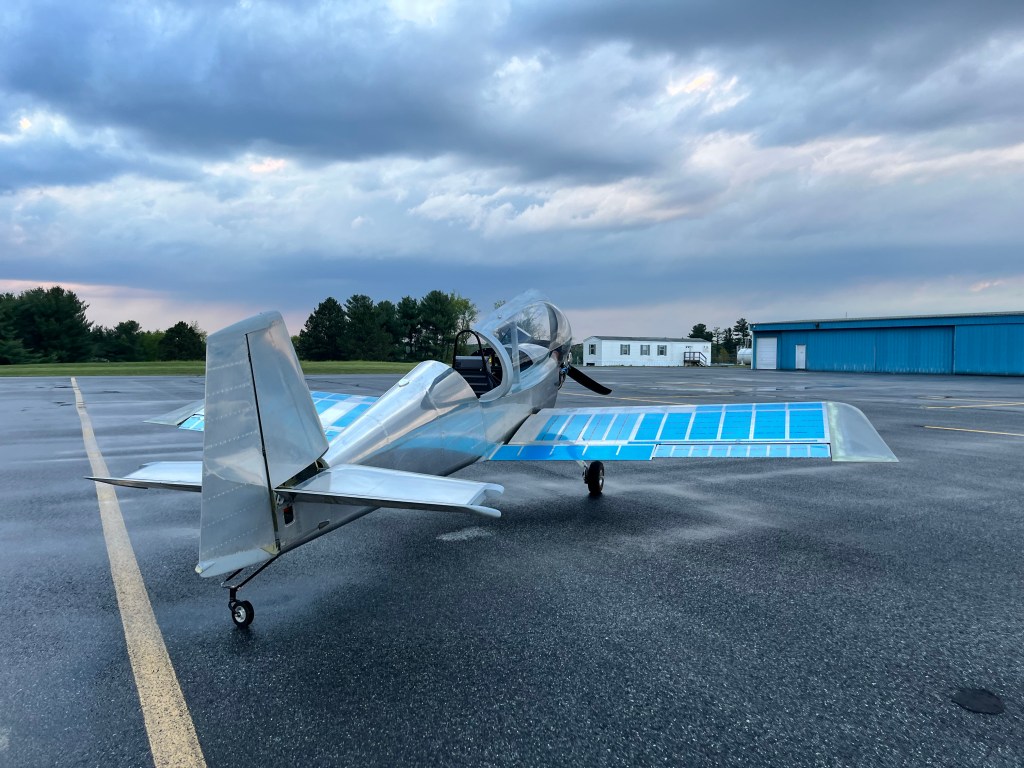Magnetometer and AHARS Calibration
Tonight I worked to calibrate the magnetometer and the AHARS. It was rather windy when i got to the airport, and you need good GPS data to calibrate both, so i had to wait until the storms passed. First up was the AHARS calibration. This was pretty easy. Basically level the aircraft in flight attitude and let the G3x figure out pitch and roll offset. I also needed to do a vibration test on the AHARS once the engine was running. Next I did a magnetic interference test. Basically you start and turn off all the various electrical gizmos that could cause interference and manipulate the controls etc. You do this in 10 second increments. The magnetometer (which is in the left wing tip) passed the interference test.
I taxied to an open part of the airport and used my compass to ensure I was facing due north. I guess you can do the magnetometer calibration with the engine running and just taxi it. But I chose to shut down and just push the tail around. Basically all you have to do it rotate the plane 360 degrees and 30 degree segments. The display tells you what to do and when. Dirt simple. And I got a successful calibration.
Now with the aircraft warmed up, I taxied back to the hangar, tied her to my truck and did a full power run-up for the AHARS vibration test. This also passed. So now I have a fully tested and calibrated AHARS and magnetometer. I also setup all the airspeed marking limitations tonight in the EFIS.





















